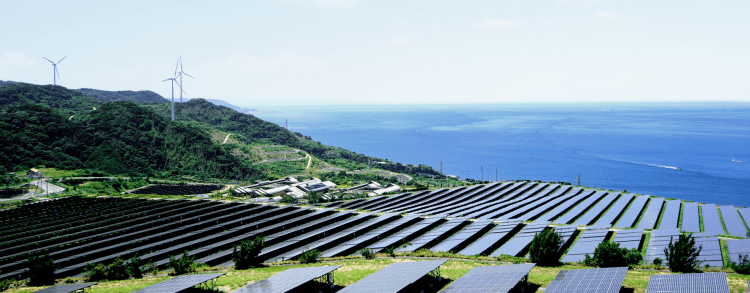Because of these abilities, microgrids are sometimes described as the conductors of an energy orchestra. A project in Livermore, California offers a good example. Designed by WSP, the Las Positas College microgrid manages solar generation with two forms of energy storage. One is a battery system that stores electrical energy and the other is an ice-based system that stores thermal energy.
During daylight hours when the solar panels produce enough energy, the campus uses the energy to power mechanical chillers for building cooling and charge the batteries. As the sun goes down, the campus switches to stored ice for cooling and uses the batteries to reduce peak energy surges. When the campus closes overnight, the mechanical chillers recharge the ice storage system. The combination of cooling with ice and discharging the battery for peak demand reduction during high energy use periods benefits the local utility.
The system is also designed to operate critical campus facilities during a major grid failure by isolating (islanding) the solar panels, batteries and the operations center from the local grid to allow continuous operation using non-polluting solar power rather than diesel generation.
The microgrid uses a vanadium flow batteries rather than typical lithium ion type batteries. The flow batteries are projected to have a longer service life and eliminate fire hazards associated with lithium batteries. However, they do require more space and have mechanical equipment to maintain.
The Las Positas College microgrid also communicates with the utility grid to determine if it is cost-effective to release power or if it’s better to absorb it. In doing so, the microgrid offers a resource to the local utility to manage power surges and reduce peak energy use.
“These abilities lead to cost savings. The project is now in testing. But when it is fully operational we expect the microgrid to provide savings of US$100,000 annually,” said Bruce Rich, Area Construction Manager for WSP.
The California Energy Commission awarded the project a US$1.5 million grant to model the technology and serve as a demonstration for other facilities considering microgrid development.
Because microgrids not only serve their customers, but also the grid, utilities and governments are becoming increasingly interested in the technology.
Hydro-Quebec, for example, is developing a microgrid in Lac-Mégantic, in the province of Quebec, Canada, as a way to test new energy technology with the goal of rolling it out elsewhere. Being planned with the assistance of WSP, the project will include 30 residential and commercial buildings, with a total of 300 kW installed capacity, 300 kWh of battery storage and electric vehicle charging stations.
